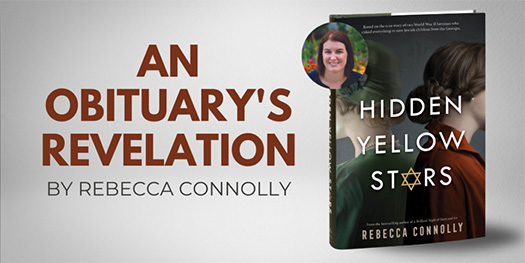
There is something about history that continues to draw me in and fascinate me, no matter how much I think I know or how. Something about the stories hidden within the pages that have been written and taught that is captivating and, I will admit, a little bit addictive.
So when my father sent me an obituary from USA Today, I didn’t even blink at reading it. See, he’s like me. Just enough of a history nerd to keep reading and put another piece into the puzzle that is the past. He thought it might be something I would want to look into, and he was right.
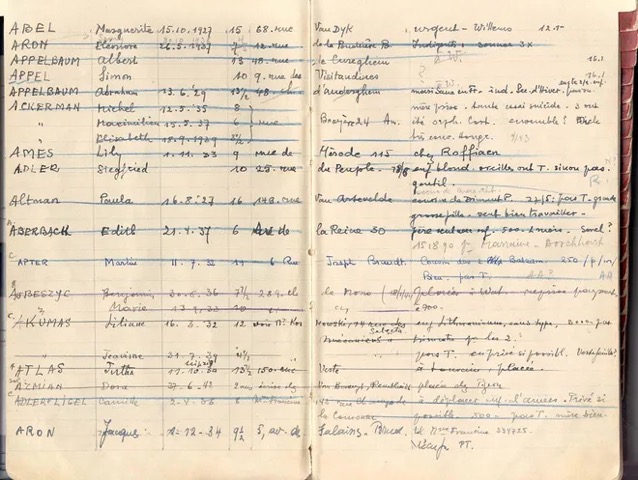
The obituary? That of Andrée Geulen, a woman who, according to the article, had saved over two thousand children from the Gestapo in WWII. She had turned 100 just a few months before her death, and this obituary gave a glimpse into her life during the war as well as after it. There was a photo of her walking down a street, staring directly into the camera, and just a few paces behind her, minding his own business, was a Nazi.
Was he following her? Was she about to be arrested? Who was taking the picture? Why did this picture even exist?
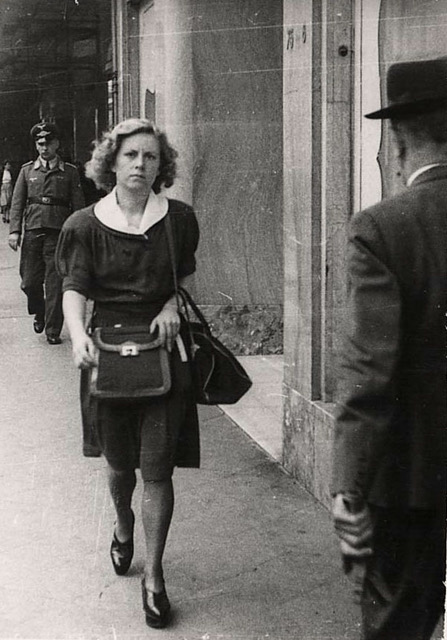
My mind caught hold, and off I went. I needed to know everything about Ms. Geulen and her story, and there was so much to uncover. Fortunately for me, there was so much that was accessible. Reports from her and her colleagues from the Committee for the Defense of Jews in Belgium, all of whom were devoted to saving Jewish families from the Nazis. Accounts from those living in the time of the Occupation. Books about the children who were hidden.
Suddenly, World War II had a new chapter for me. New people, new events, new horrors, new heroes, and there was a story that needed to be told. Told again, as it were. Given the voice it once had and shouted out to those who never knew it.
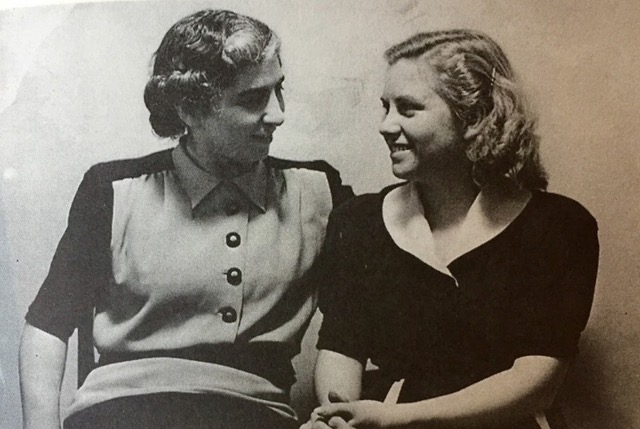
How can something from WWII possibly mean anything to us now? Surely we know everything about it by now. Maybe not the specifics, but we know there were bad guys and good guys, we know there were special people who did impressive things, we know how it starts and we know how it ends.
So why tell this story? Because no matter where we are, no matter what we are dealing with, no matter what ugliness is in the world, there is always a story of hope.
Andrée Geulen and her colleague, Ida Sterno, acted in spite of all of the danger, evils, horrors stacked against them, and against those they sought to help. With no guarantee they would succeed or make any sort of difference, they acted. They gave hope to those who had none, and, in the process, saved almost three thousand children. Because of them, there is a world class pediatric neurologist in Tel Aviv who has been changing lives and become my friend through the research of this book. And almost three thousand others who lived when they might otherwise have perished. Who changed the world they lived in because these two women, and those they worked with, dared to change the world in which they lived.
History’s stories are endless and their lessons timeless. And that is why it keeps getting its hooks in me and pulling me in. And why I constantly and consistently let it.
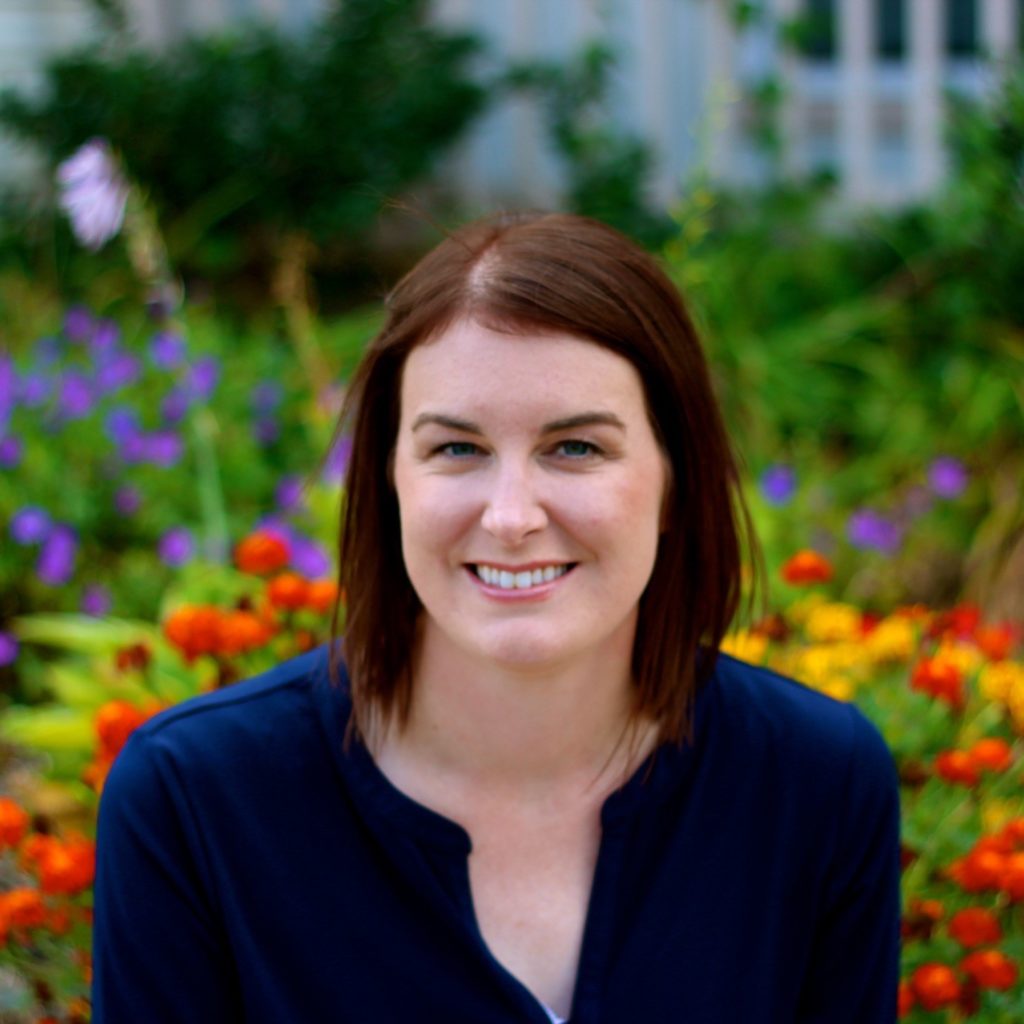
Rebecca Connolly is the author of more than two dozen novels. She calls herself a Midwest girl, having lived in Ohio and Indiana. She’s always been a bookworm, and her grandma would send her books almost every month so she would never run out. Book Fairs were her carnival, and libraries are her happy place. She received a master’s degree from West Virginia University.
NEW! HIDDEN YELLOW STARS: Based on the true story of two World War II heroines who risked everything to save Jewish children from the Gestapo by hiding them throughout Belgium.